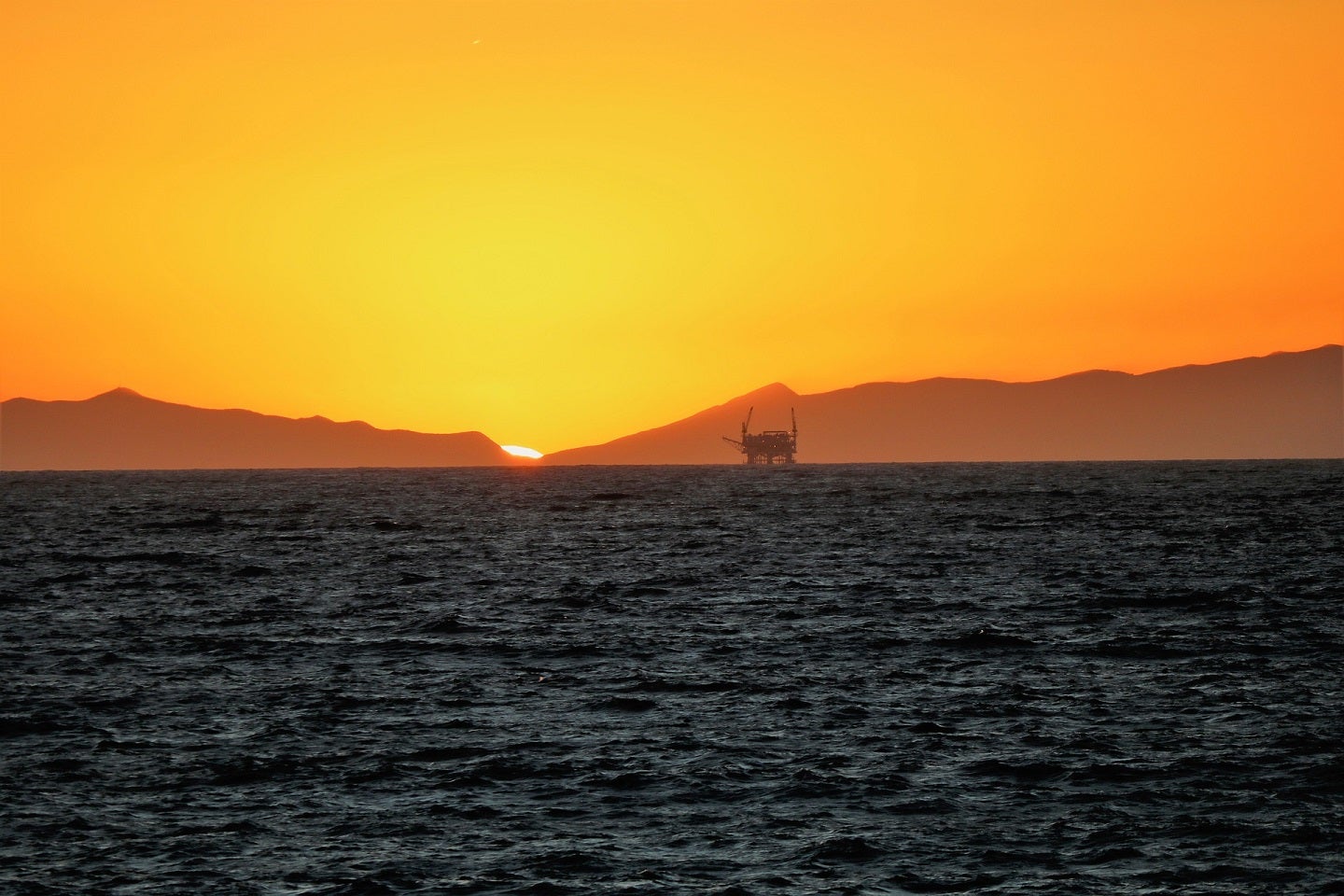
British oil major bp is looking to divest its stake in the Yakaar-Teranga gas field offshore Senegal to Kosmos Energy, reported Bloomberg News, citing people familiar with the discussions.
Currently, bp holds an operatorship stake of 60% in the field while Kosmos Energy holds a 30% stake and Petrosen, Senegal’s state-owned oil company, owns a 10% interest.
A potential sale by bp could leave the field’s operatorship to Kosmos Energy and increase the stake held by Petrosen.
One of the people said that Petrosen could increase its stake in the Yakaar-Teranga project through renegotiation.
The latest move comes as bp considers the Yakaar-Teranga project, which is being developed in phases, no longer complies with its strategy.
This project, which includes discoveries first made in 2016, has been identified as a potential fuel source for Senegal’s gas-to-power initiatives.
The Yakaar-Téranga phase 1 project is expected to have a production capacity of 150 million standard cubic feet per day (mscfd).
Production from the field will be supplied to the domestic market.
Furthermore, bp and Kosmos are leading the development of the Greater Tortue Ahmeyim (GTA) gas project, which straddles the border between Senegal and Mauritania.
In September 2023, Reuters cited Senegal President Macky Sall as saying that the second phase of the GTA project will require around $5bn (CFA Fr3.1trn) in investment and could start production in 2024 or 2025.
GTA phase 1 is expected to be commissioned by the end of 2023.
At that time, Sall said: “In the Phase 2, that will come immediately after Phase 1, we expect to produce five million tonnes of gas compared with Phase 1, with the target of hitting ten million tonnes of gas.”



